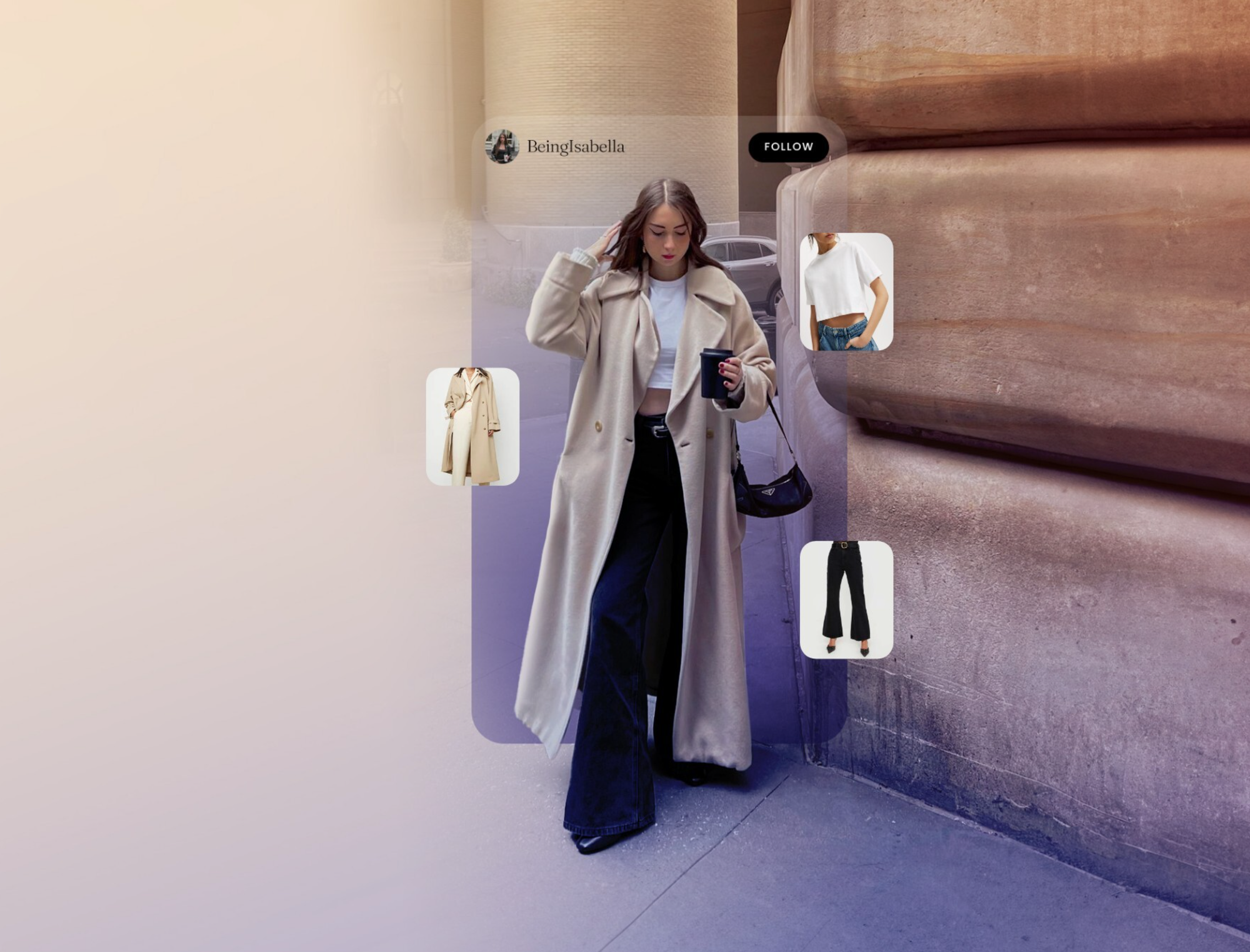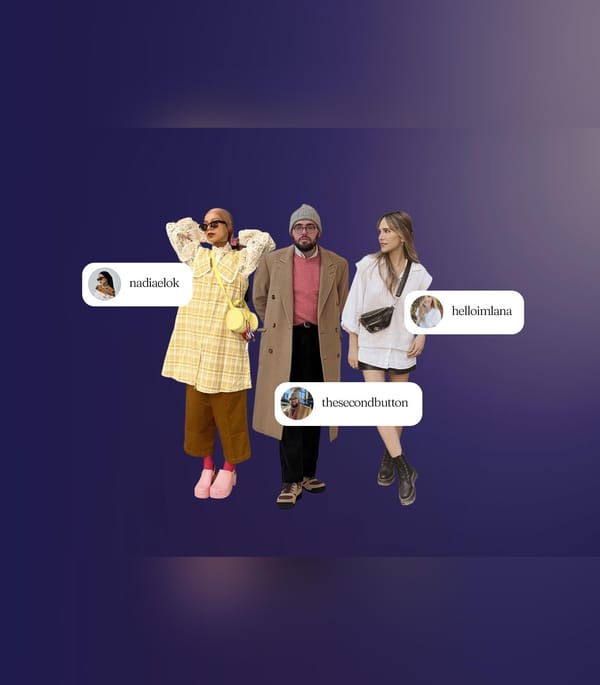Key Points
- The creator economy empowers individuals to monetize content, audiences, and communities directly.
- Brands partner with creators for authentic engagement, niche reach, and cost-effective campaigns.
- Key trends: rise of micro/nano-influencers, diversified revenue streams, and emphasis on authenticity.
The creator economy refers to the ecosystem of independent content creators who leverage digital platforms to share their work, build an audience, and earn revenue. This includes YouTubers, bloggers, social media influencers, podcasters, independent writers, and more. The increased accessibility of content creation, driven by social media and user-generated content platforms, has allowed anyone with a unique voice or talent to gain visibility and monetize their content.
Why Brands Want to Work with Creators
Brands are increasingly eager to collaborate with creators for several compelling reasons:
Authentic Engagement: Creators have cultivated trust and loyalty among their followers. Their endorsements often feel more genuine than traditional advertising, leading to higher engagement and conversion rates.
Targeted Reach: Many creators, especially smaller ones tend to have niche followings, enabling brands to reach specific, highly interested audiences.
Creative Content: Partnering with creators allows brands to access more innovative and diverse content that resonates with different demographics.
Cost-Effectiveness: Compared to traditional advertising methods, creator partnerships can be more cost-effective, providing better returns on investment.
Typical Rates for Creator Sponsorship
Sponsorship rates for creators can vary significantly depending on the brand, the nature of the collaboration, and the creator's influence. In the digital economy, influencers with large followings can command substantial fees as brands seek to leverage their vast audiences. However, a significant portion of the creator landscape consists of individuals with smaller but highly engaged and niche audiences, which are extremely valuable to brands.
Creators can earn anywhere from a handful of free products to several thousand dollars per sponsorship. The exact amount depends on various factors, including the depth of the sponsorship, and the value the creator brings to the brand based on their niche, talent, and audience.
As a baseline, $1 per 100 followers/subscribers is a common starting point that many brands will use to price their sponsorships. However, this number can vary drastically depending on the creator’s engagement rates, the type of content to be produced, and if there are any other compensation types such as free products or affiliate commissions. High-profile influencers with substantial followings can earn much more, while niche influencers with smaller audiences can still secure lucrative deals based on the engagement and authenticity they offer.

It's Easy to Monetize Your Wardrobe on Parallel
Start TodayExamples of Creator-Brand Partnerships
One notable example in the fashion industry is the collaboration between influencer Chiara Ferragni and luxury brand Tod’s. Ferragni, with her substantial following on Instagram, partnered with Tod’s to create a capsule collection that blended her contemporary style with the brand's classic elegance. This collaboration not only boosted Tod’s visibility among younger audiences but also allowed Ferragni to showcase her design talent, creating a mutually beneficial partnership.
Another example is the partnership between fashion brand Revolve and various social media influencers. Revolve has effectively utilized influencer marketing to promote its clothing lines, often sponsoring trips and events where influencers showcase Revolve’s products in their posts. This creates organic and aspirational content that drives sales and enhances brand image.
Trends in the Creator Economy
The creator economy is continually evolving, with several key trends shaping its future:
Rise of Micro and Nano-Influencers: Brands are increasingly recognizing the value of micro-influencers (under 100k followers) and nano-influencers (under 10k followers), who often have higher engagement rates and more intimate connections with their audiences compared to mega-influencers.
Diversification of Revenue Streams: Creators are diversifying their income sources beyond traditional sponsorships. This includes launching merchandise, offering online courses, engaging in affiliate marketing, and utilizing subscription models on platforms like Patreon.
Focus on Authenticity: Authenticity remains paramount, with audiences favoring creators who are genuine and transparent. This trend is driving brands to seek partnerships with creators who align with their values and can provide authentic endorsements.
Live Streaming and Real-Time Engagement: Live streaming has gained immense popularity, providing real-time engagement opportunities for creators and brands. Platforms like Twitch, YouTube Live, and Instagram Live allow creators to interact directly with their audiences, fostering deeper connections.
Emergence of Creator Tools and Platforms: New tools and platforms are emerging to support creators in content production, distribution, and monetization. These include editing software, analytics tools, and platforms dedicated to facilitating brand partnerships and UGC.
Challenges in the Creator Economy
Despite its growth, the creator economy faces several challenges:
Monetization Difficulties: Many creators, struggle to monetize their content effectively, particularly those with smaller followings or niche audiences.
Platform Dependence: Creators often rely heavily on specific platforms, making them vulnerable to changes in algorithms, policies, or monetization rules.
Market Saturation: The growing number of creators can make it difficult for new or lesser-known individuals to gain visibility and build an audience.
Brand Authenticity: Maintaining authenticity while promoting brands can be challenging. Creators risk losing credibility if their audience perceives them as overly commercial or insincere.
Income Stability: Earnings can be unpredictable and inconsistent, especially for creators who rely on variable income streams like sponsorships and ad revenue.
Overall, the creator economy offers vast opportunities for individuals to monetize their passions and for brands to engage with audiences in authentic and innovative ways. However, it also presents challenges that require strategic navigation to ensure sustainable success for both creators and brands.

Become a Parallel Creator
Monetize Your WardrobeFrequently Asked Questions
Why is the creator economy growing so fast?
More consumers trust creators over traditional ads, and brands see higher ROI from authentic, community-driven content. Technology platforms also make monetization easier.
Who benefits most from the creator economy?
Both creators (who gain income and visibility) and brands (who get authentic engagement with targeted audiences) benefit, as well as platforms that connect the two.
What are some key challenges in the creator economy?
Challenges include income instability, platform dependence, brand authenticity, and scaling monetization beyond ads or sponsorships.
Do small creators have opportunities in the creator economy?
Yes. Micro and nano-influencers are increasingly in demand because of their high engagement and trust levels, even with smaller follower counts.








